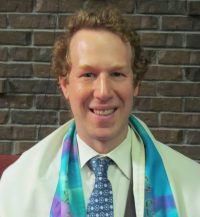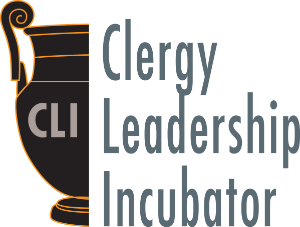A Rabbi on High on the High Holy Days
Editor’s Note: A version of this article first appeared in eJewishPhilanthropy last fall. Given how many congregations are needing to pivot to deal with the upsurge in the Covid/Delta variant, many planning a mix of on-line and in-person services for the coming holidays, we thought the spirit of innovation represented by this article was worth re-publishing.
 Packing the drive-in-movie-theater with over two-hundred cars on Yom Kippur, the Cantor and I conducted services from, of all places, the rooftop of a snack shack. Far from ideal, we had to battle the elements, with winds of over thirty-miles an hour whipping by us, and navigate a sound system where people could hear much better in their cars, than those of us actually leading the service.
Packing the drive-in-movie-theater with over two-hundred cars on Yom Kippur, the Cantor and I conducted services from, of all places, the rooftop of a snack shack. Far from ideal, we had to battle the elements, with winds of over thirty-miles an hour whipping by us, and navigate a sound system where people could hear much better in their cars, than those of us actually leading the service.
And, this was only one of dozens of creative fixes that our congregation employed to have a “pandemic” safe and meaningful High Holy Days. By thinking outside of the box, we were able to not only approximate the experience we would have had pre-Covid, but improve upon it as well.
Here are the lessons we learned along the way to make it possible –
- Focus on the Essential: We looked at each component of the High Holy Day experience on its own merit, and tried to find an individual response to it. Some of our other creative solutions included – around the town shofar blowing sessions, High Holy Day gift bags, Zoom schmoozathons, virtual choir performances, and Yom Kippur break the fast boxes.
- Have a Multi-Faceted Multi-Platform Approach: Many communities chose one technological platform and stuck with it. We did not. Zoom, streaming, in-person, all have their strengths and weaknesses. Sticking with one is easier, but you risk getting Zoom or Stream fatigue, or worse complete technological breakdown. To counter this, we used every technique at our disposal, but only for limited amounts of time, dividing the services up into approximately one-third Zoom, one-third Stream, and one-third in person.
- Build a Robust Team of Lay and Professionals: Unlike many synagogues who hired production teams and other technology helpers, we did everything in house. This was partially because of limited financial resources, and partially because it was more authentic to who we are. But, it required a lot of learning, on everyone’s part. Starting in March we tested out everything, finding out what we were capable of, what we needed to build, and who we needed to include in the process. Then, little by little, we brought in the people and technology we would need to make what we were trying to accomplish possible.
- Have Fun: Instead of being daunted by the task at hand, we were excited. This was a chance to learn and grow in ways we never expected. We had to be creative and flexible, knowing that risks surrounded us. And we also wanted to make it fun. This was an opportunity to completely upend the experience and create something new.
In the end, it is not the size of our services that I am most proud of, it is the way we all came together to make this year’s High Holy Days one of the most spiritually uplifting any of us had ever experienced.
_______________
Alex Lazarus-Klein is the rabbi of Congregation Shir Shalom, a dual affiliated Reform and Reconstructionist Congregation in Buffalo, New York. He is currently one of 20 Rabbinic Fellows in Cohort 4 of the Clergy Leadership Incubator (CLI), a program on visionary leadership directed by Rabbi Sid Schwarz under the auspices

